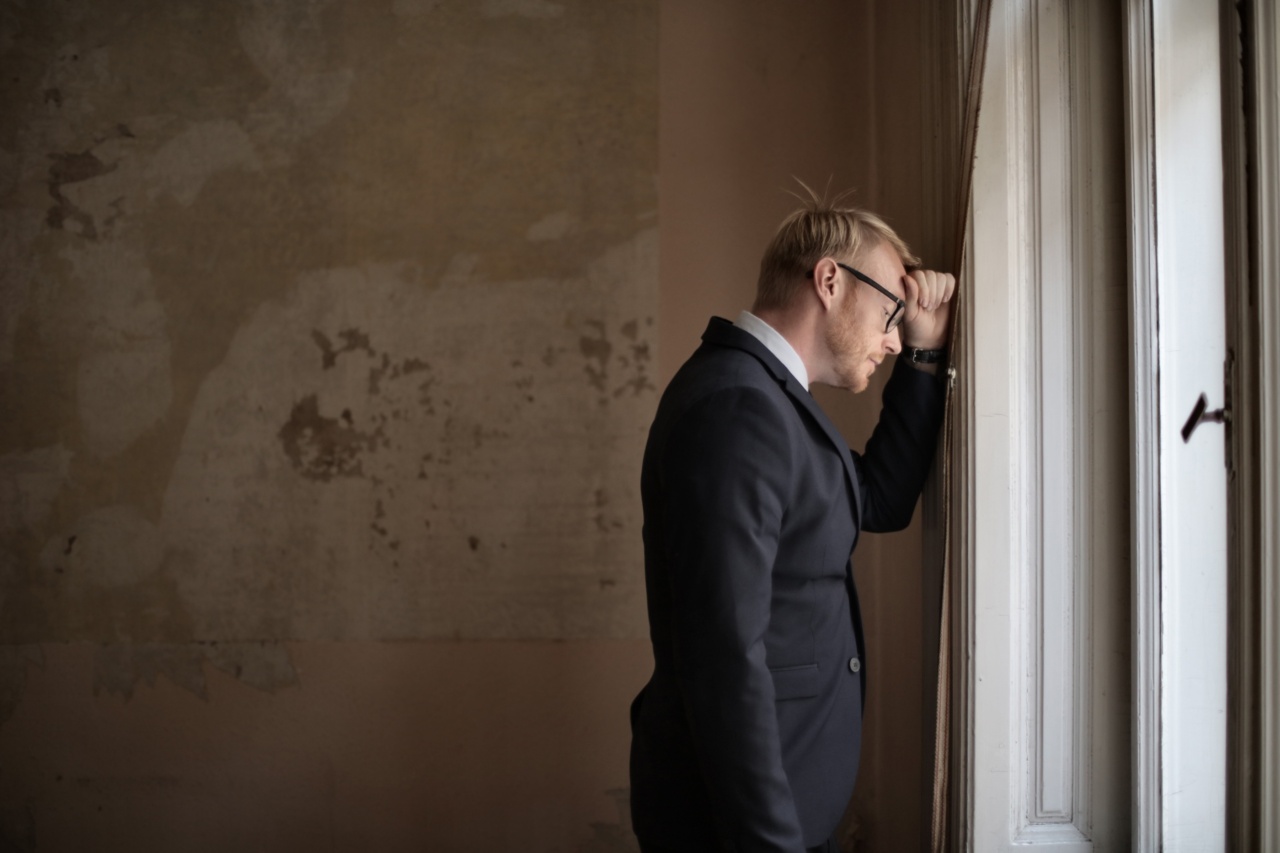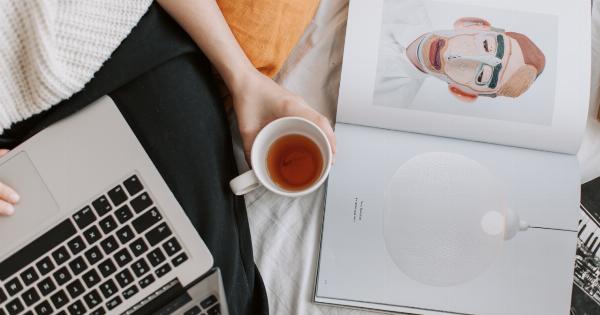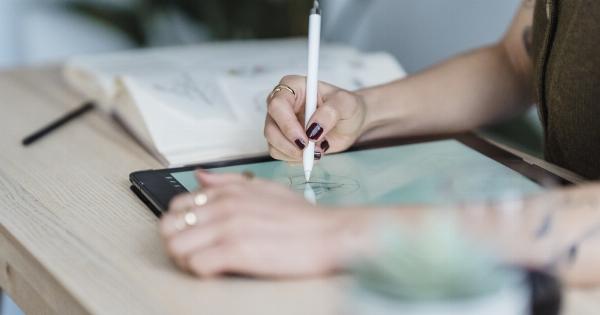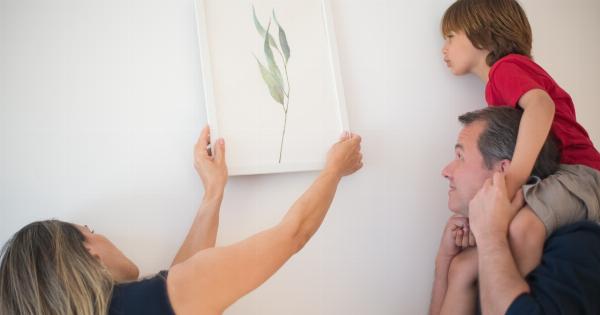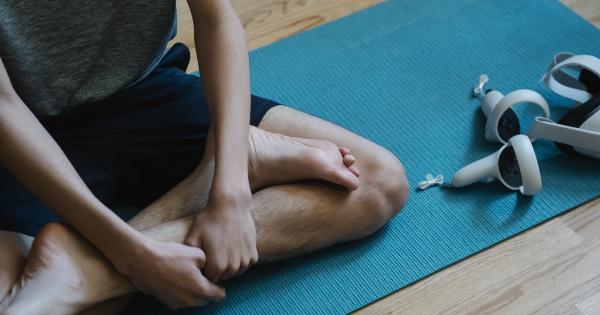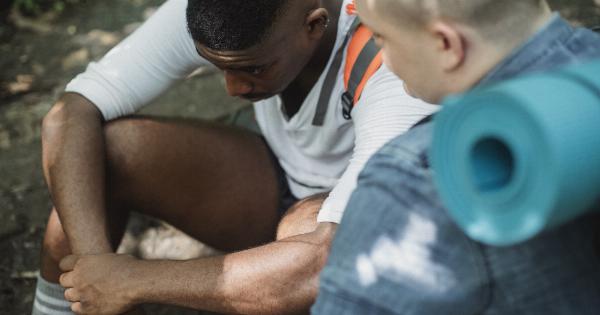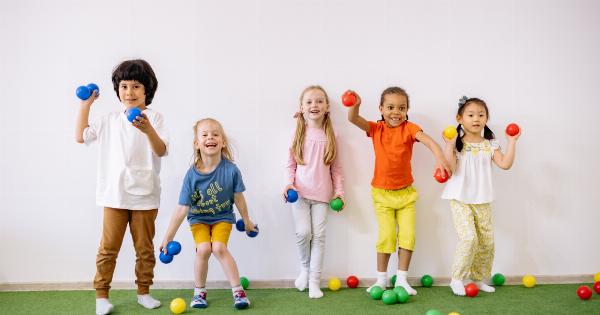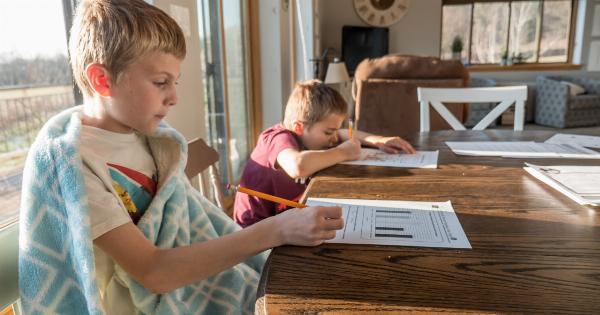It can be difficult for students to communicate their emotions and feelings, particularly when they are experiencing challenging situations. That is where art therapy can be a helpful tool to help children overcome their difficulties.
The Benefits of Art Therapy
Art therapy involves the use of art media and creative processes such as drawing, painting, and sculpting to express oneself and explore difficult emotions.
It is particularly helpful for children who struggle with verbal expression, such as those with anxiety, depression, trauma, or behavioral issues. Here are just a few of the potential benefits of art therapy:.
- Improves communication and self-expression
- Encourages problem-solving skills
- Reduces stress and anxiety
- Encourages self-reflection and introspection
- Fosters feelings of self-worth and confidence
How Art Therapy Works
Art therapy sessions may take place one-on-one or in a group setting, depending on the child’s needs and preferences. During the session, the student will typically choose the art materials they want to use and then begin to create.
The therapist will guide the child in the process and may ask questions or provide prompts to encourage self-reflection and exploration of emotions. As the child creates, the therapist will observe and engage with them, providing support, encouragement, and feedback as needed.
Examples of Art Therapy for Difficult Students
There are many different ways that art therapy can be used to help difficult students. Here are a few examples:.
Mood Collages
In this activity, students cut out images from magazines or draw pictures that represent different emotions. They then arrange the images on a piece of paper or poster board to create a collage that represents their current mood or feelings.
Emotion Trees
Students draw a tree and then use different colors to represent different emotions. They can create branches or leaves for each emotion and can add words or phrases to further express themselves.
Mask Making
In this activity, students create a mask that represents how they present themselves to the world. They can use a variety of materials, such as paper mache, cardboard, or clay, and can decorate the mask in any way they choose.
Once the mask is complete, they can reflect on the emotions and feelings that are hidden behind the mask and share their insights with the therapist.
Coloring Books
A simple and effective approach to art therapy, coloring books can help students relax and focus while also expressing their emotions.
Coloring books with specific themes, such as animals, nature, or mandalas, can provide an additional level of exploration and reflection.
Group Murals
In this activity, students work together to create a large mural that represents a shared theme or emotion.
Each student can contribute their own unique perspective and style to the mural, and the collaborative process can help foster feelings of teamwork and community.
Conclusion
Art therapy can be an incredibly effective tool for helping students overcome difficulties and express themselves in a safe, supportive environment.
By using different art materials and techniques, therapists and teachers can help students explore their emotions, develop problem-solving skills, and gain confidence and self-worth.
